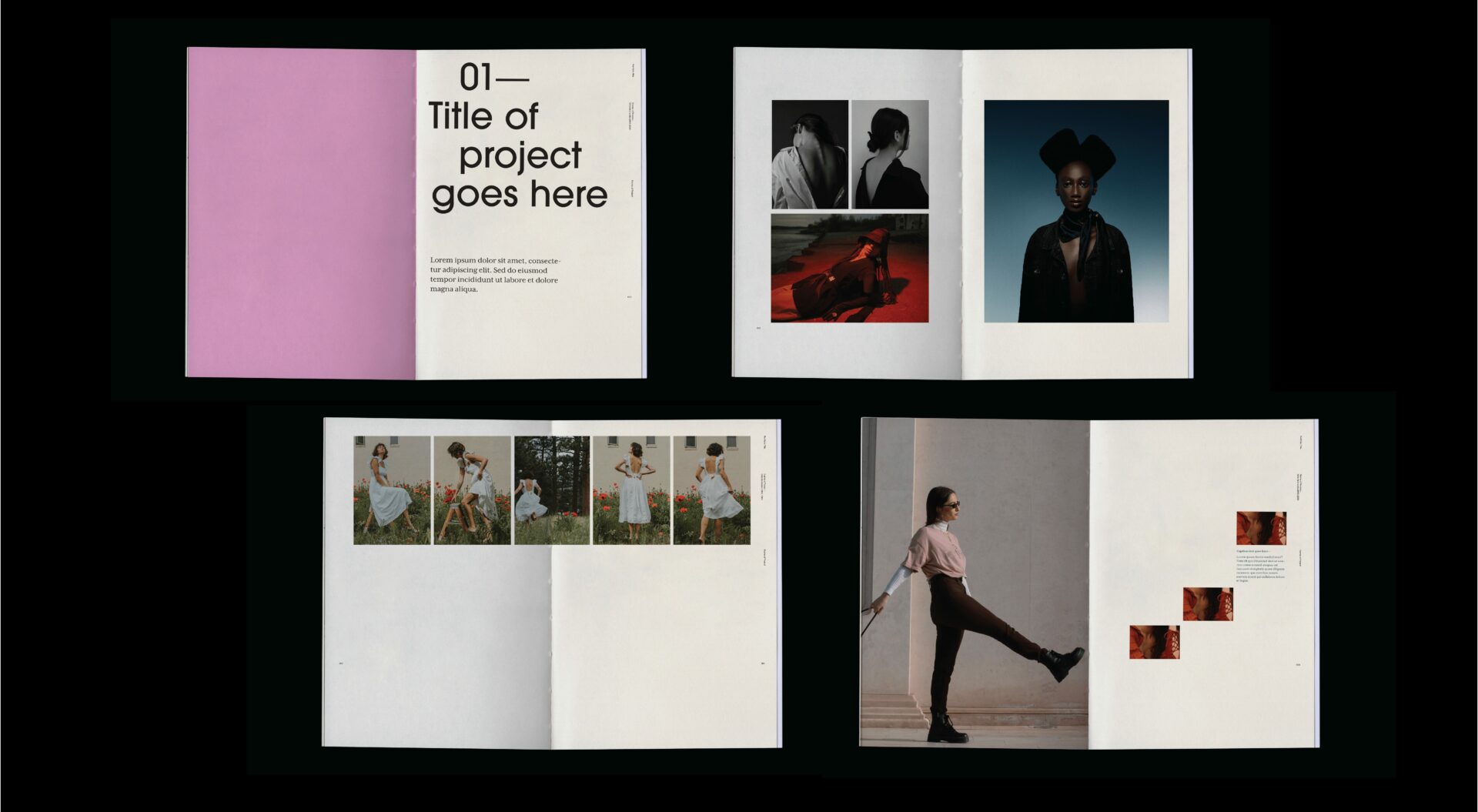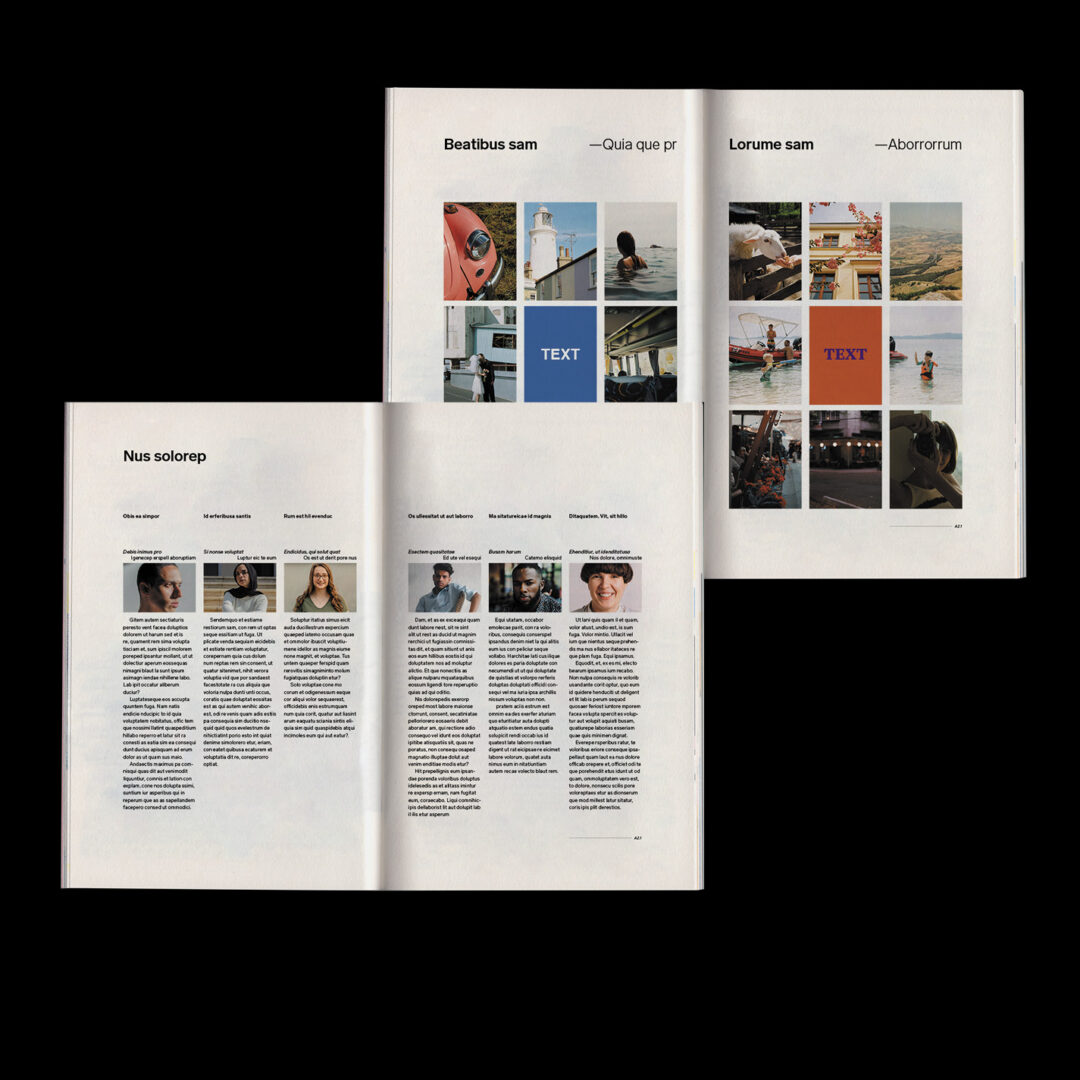Alright – so today we’ve got the honor of introducing you to Hamda & Alma. We think you’ll enjoy our conversation, we’ve shared it below.
Hamda & Alma, so great to be with you and I think a lot of folks are going to benefit from hearing your story and lessons and wisdom. Imposter Syndrome is something that we know how words to describe, but it’s something that has held people back forever and so we’re really interested to hear about your story and how you overcame imposter syndrome.
—Hamda: I think most of us struggle with imposter syndrome because of a lack of confidence or from constantly comparing ourselves to others. But we often forget that we’re not in competition with anyone—maybe there’s no competition at all. It’s really about showing up and doing the work, whether it’s a hobby, a job, or something personal. Do it because you care, because it brings you joy, or because it might help someone else. It doesn’t have to be about being excellent all the time. You don’t have to prove your worth by excelling, and your value isn’t defined by perfection.
—Alma: I don’t think you ever do. I think the intensity of the thoughts ebbs and flows depending on many factors—for example: anxiety, how well your business is doing, if you’ve been given a rough critique by someone you respect, etc. But the thoughts in general might continue to visit you occasionally. The most important lesson is to understand that the thought is not the truth, so you don’t need to react to it, engage with it, or be upset by it. You can watch it as it moves through your mind and continue to do your work and be creative anyway.


Thanks, so before we move on maybe you can share a bit more about yourself?
We’re both professional graphic designers who started our own small studio with the goal of making good design available to everybody. Looking around, we realized quality design is often exclusive to designers and high-end studios, while the public rarely has access to such skills. We also really enjoy certain aspects and freedoms of design that tend to get lost when you’re working for someone else.
Merging these two factors, we expanded our thinking to create an-arketype. A San Francisco based studio where the structure of design meets the freedom of artistic expression.
We specialize in InDesign book templates that are thoughtfully crafted to save time and make good design accessible. We also create templates that incorporate printing and design techniques not often found online or that take a good designer time and experience to figure out. For example: French fold, hardcover books with spine, bound-ins, and more.
In addition, we create vibrant designs for art prints, each infused with stories and curiosities. This studio is more than a venture, it’s a way for us to connect with the world.


Looking back, what do you think were the three qualities, skills, or areas of knowledge that were most impactful in your journey? What advice do you have for folks who are early in their journey in terms of how they can best develop or improve on these?
—Alma: Typography—I can’t stress enough how important it is to have a strong command and understanding of it. Typography can make or break your work. If you can craft quality typography, you don’t need to overdress your designs with colors or unnecessary elements. Typography, along with a solid grid, forms the foundation of all visual design and it’s very easy to spot when someone lacks that skill.
I was also lucky to come across a few instructors along my journey who were incredible at recognizing strengths and helping build on them. They taught me to view my work from all angles and let go of what doesn’t serve it.
Third—This might not be a ‘skill’ per se, but being critical of your own work isn’t always a bad thing. I naturally notice the flaws and errors in any piece before I see the beauty. That tendency has helped me push my work further and never settle for mediocrity.
—Hamda: One of the most impactful parts of my journey was learning alongside others. School helped me a lot not just through classes, but through conversations with teachers and classmates. Being around people from different backgrounds, all focused on design, really shaped me as both a designer and a person.
If you’re just starting out, my advice is to find a space—whether it’s school, a workshop, or an online community—where you can learn with others. Tutorials are great for technical skills, but being part of a creative community can help you grow in deeper, unexpected ways. Even if you’re quiet or introverted, those environments can push you in the best ways—they really pushed me.


Before we go, any advice you can share with people who are feeling overwhelmed?
—Hamda: As creatives, we enjoy creating. Sometimes I just zone out and imagine designs in my head. Even during creative blocks, you learn to recharge and find inspiration again.
What overwhelms us most is being out of the creative space—when it’s all business tasks. Starting a business means dealing with registrations, licenses, taxes, and website policies—things no one really teaches you. The internet can help, but it’s still often confusing.
One of the best things we did was hire an accountant who helped with registration and now handles our taxes—it lifted a huge weight. Right now, we’re looking for someone to help us customize our website’s terms of use and policies. The generic templates are a good starting point, but once you want to tailor them, you really need an expert to review and revise them. It’s tricky on a small budget, but that’s the stage we’re at now.
My advice: don’t be afraid to ask for help. If you’re starting out, talk to someone who’s done it before, or get an accountant early on—it makes a big difference. And if you know anyone who can help with website terms, please reach out to us!
—Alma: We always make time to communicate with each other honestly and help each other when we’re having episodes of anxiety—not knowing where to go from there or how to move forward. Sometimes one of us might be stuck, but the other can immensely help by listening to the problem, viewing it from a different angle, and either simplifying it if possible or, if not, coming up with a couple of possible solutions.
Writing things down—although it sounds like a very silly thing to say—has been a great and wonderful solution every single time. Once you get your worries or to-dos out of your head and onto paper, suddenly you’ve freed up a lot of space in your mind for creative thinking. Also, when a problem is circulating in your head, the mind has a tendency to overinflate it to the point where you feel incapable of knowing where to begin. Seeing it on paper helps you correctly assess its actual significance.
Contact Info:
- Website: https://an-arketype.com
- Instagram: anarketype
- Other: —Templates: creativemarket.com/anarketype
—Portfolio: behance.net/anarketype


Image Credits
unsplash, pexels
so if you or someone you know deserves recognition please let us know here.




